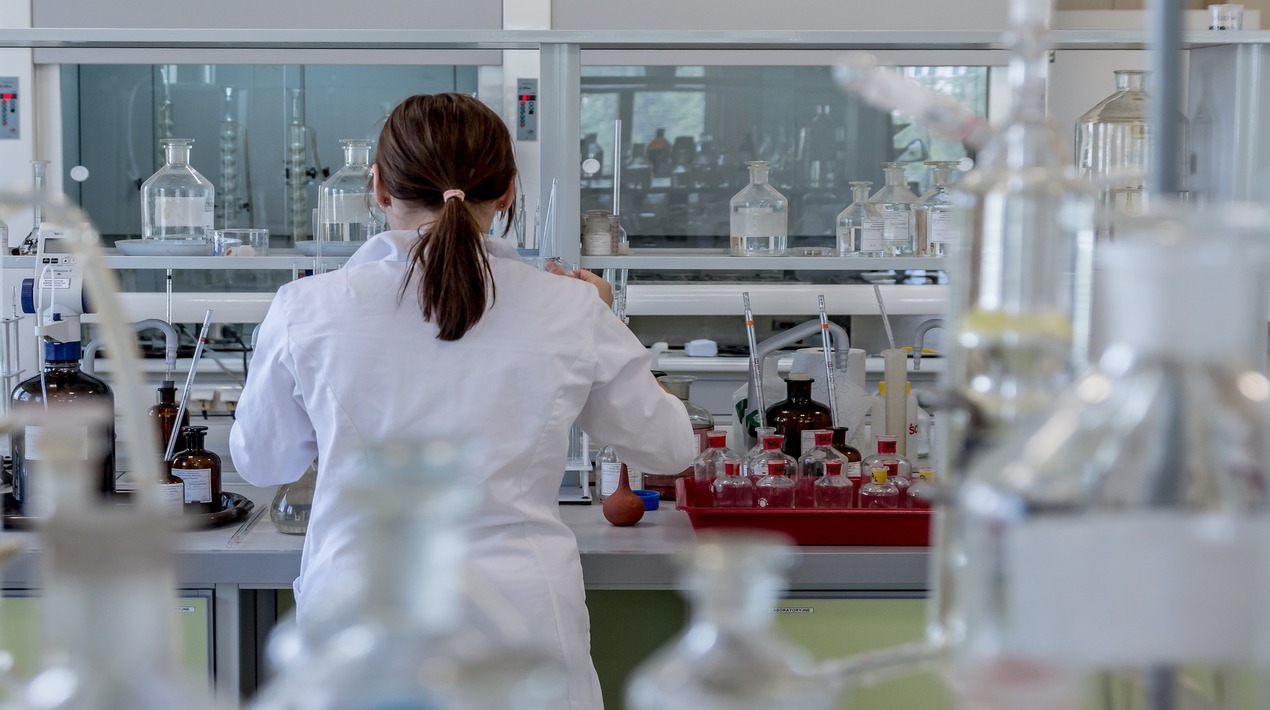
Although health outcomes in low- and middle-income countries (LMICs) have improved over the last several decades, a new reality is on the horizon. Changing health needs, rising public expectations, and bold new health goals are pushing health systems to produce better health outcomes and greater social value. Notwithstanding, continuing the current path will not suffice to meet these demands. High-quality healthcare systems are required to optimise healthcare delivery in each context by continuously delivering care that improves or maintains health, being valued and trusted by all people, and adapt to the changing population needs.
Health research, like privacy, is extremely valuable to society. It can provide valuable information about disease trends and risk factors, clinical outcome or public health interventions, functional abilities, care patterns, and health care costs and utilisation. The various research approaches provide complementary insights. Clinical trials can provide important information about the efficacy and side effects of medical interventions by controlling the variables that could influence the study’s results, but feedback from real-world clinical experience is also essential for comparing and enhancing the use of drugs, vaccines, medical devices, and diagnostics
According to the Executive Director of the Philippine Council for Health Research and Development (PCHRD), approximately PHP175 million has been allocated for the establishment of a research facility that may be used for improved disease diagnosis or management, which is set to open this September. The Protein, Proteomics, and Metabolomics Facility (PPMF) are located on the second floor of the Philippine Genome Centre main building within the University of the Philippines’ National Science Complex.
“The PPMF will provide Filipino researchers with the capability to investigate proteomes and metabolomes. These are the collections of proteins and metabolites within an organism that provide their actual characteristics. While the genomes provide a glimpse of the potential traits, the proteomes and metabolomes show the actual picture of the state of an organism or target sample,” he noted.
He cited that proteomics analysis may be used to identify “biomarkers” of a disease like cancer. “Relating these biomarkers to the state of the disease may reveal important proteins that may be used for better diagnosis or management of the disease. Detecting these biomarkers in successive patients may then be used for better ‘personalised treatment’ of these patients,” he then explained.
The facility would allow researchers to conduct more direct analyses on the causes of specific diseases or special traits that may be found in the Philippines’ unique resources, he added. According to him, the Department of Science and Technology has set aside PHP175 million for this purpose. He explained that the new facility will increase the country’s ability to use multi-omics technology.
The main objective of multi-omics, also known as integrated omics, pan-omics, and trans-omics, is to combine two or more omics data sets to aid in data analysis, visualisation, and interpretation in order to determine the mechanism of a biological process. Multi-omics efforts have taken centre stage in biomedical research, resulting in the discovery of new biological events and processes.
“Combined with (PGC’s) DNA Sequencing Core Facility which studies the DNA (Deoxyribonucleic acid) and RNA (Ribonucleic acid), the PPMF expands the available infrastructure to allow the analysis of the protein and metabolite products in target organisms. These capabilities are (intended for all) Filipino researchers,” he remarked.
The executive asserted that the PGC’s mission is to accommodate the use of available resources for the empowerment of other researchers, not just to perform world-class research within the institution. Advances in health information technology are enabling a transformation in health research that could enable previously unfeasible studies, leading to new insights about health and disease.
















